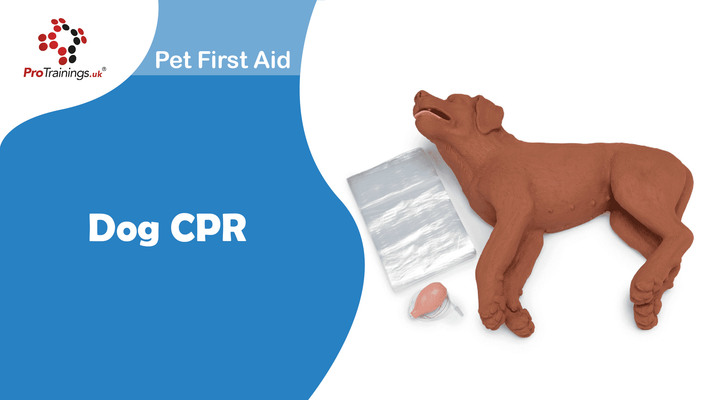Unlock This Video Now for FREE
This video is normally available to paying customers.
You may unlock this video for FREE. Enter your email address for instant access AND to receive ongoing updates and special discounts related to this topic.
Managing Your Pet's Temperature
Understanding Your Pet's Temperature
Regulation and Risks
Pets, like humans, possess effective temperature regulation mechanisms. Dogs, for example, regulate their temperature primarily through panting.
Essential Hydration
Ensuring Adequate Water Intake
- Always provide access to cool, fresh water.
- Consider multiple water sources for homes with multiple pets.
Creating a Comfortable Environment
Optimal Conditions for Your Pet
Ensure your pet has access to a cool, well-ventilated environment to prevent overheating.
Medication Matters
Prescription and Caution
Only administer medication prescribed by your vet; avoid giving pets human medication.
Recognizing Heatstroke
Emergency Response
If you suspect heatstroke, seek immediate veterinary assistance for guidance on necessary actions.
Managing Elevated Temperature
Preventing Hypothermia
When cooling a hot pet without fever, be cautious not to induce hypothermia; monitor their temperature carefully.
Fever and Infections
Addressing Elevated Temperature
If your pet has a fever, consult your vet to determine the underlying cause before attempting cooling methods. Fever may indicate an infection or a more serious condition requiring specific treatment.
Remember, wetting down your pet without identifying the cause of elevated temperature can exacerbate the issue or cause discomfort.









